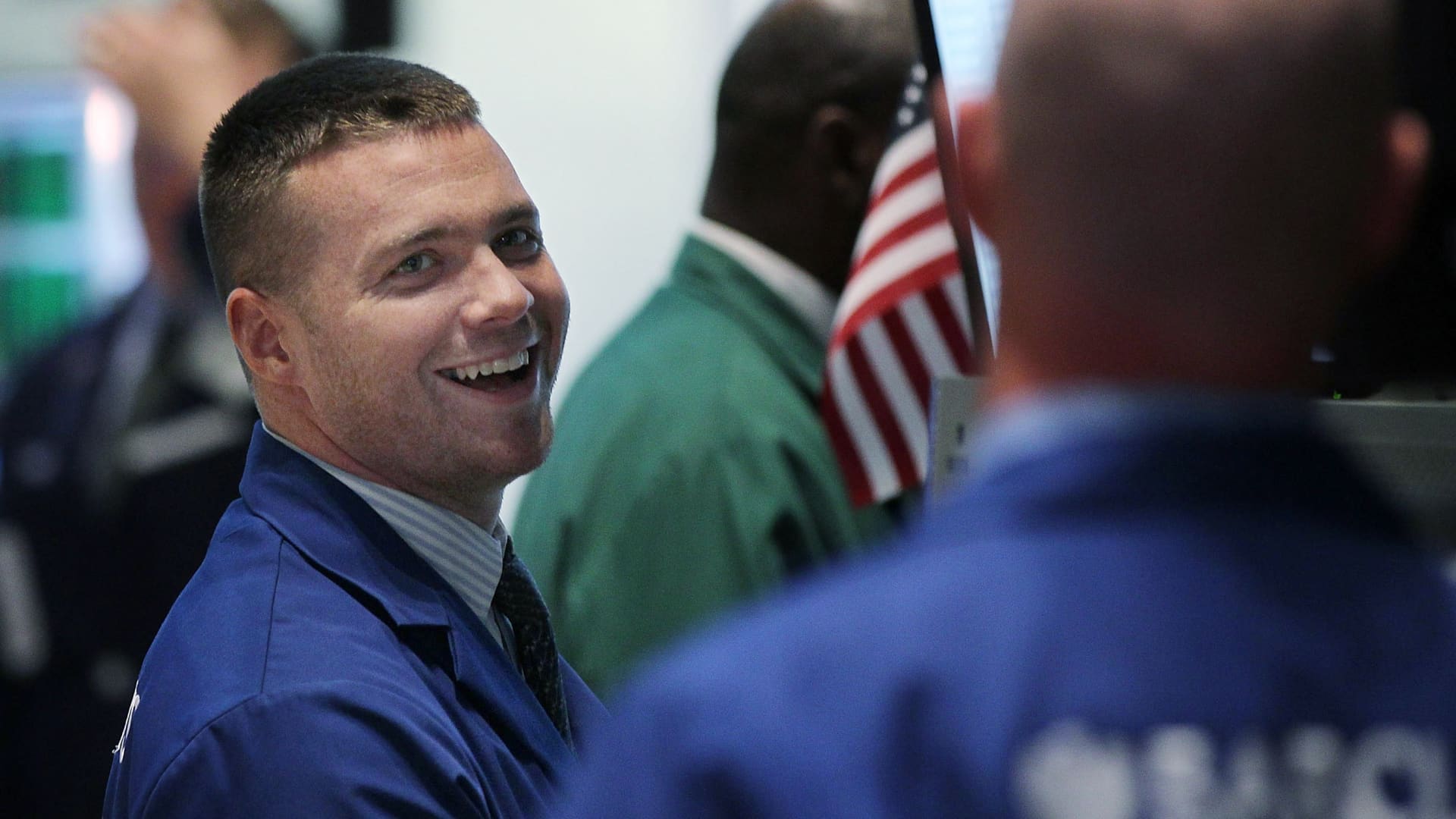The case for a ‘powerful rally’ in the stock market is building, MKM Partners says

A powerful counter-trend rally could be on the horizon, but may not come immediately, according to MKM Partners. Actual or expected softness in indicators such as rent, wages and core inflation that are currently pressuring the Federal Reserve and markets, could prompt a rebound simply by making investors more bullish, MKM chief economist and market strategist Michael Darda said in a report Tuesday — days before Thursday’s historic market reversal. “The nearly straight-down nature of the most recent equity market slide coupled with a relentless rise in Treasury yields and rising terminal policy rate expectations have been held together by a unifying force: strength in coincident and especially lagging indicators,” Darda wrote. “Look for any prospective or actual softness in the laggards to help to pull down peak policy rate expectations and Treasury yields.” The market marched upward Thursday as investors chafed at worse-than-expected consumer price index data. But before the market began rallying, the S & P 500 touched a new 52-week low earlier in the day. The index is down 23% so far this year. Darda relies on some data points more than others in determining if a recession has arrived or is coming. Upswings typically follow these indicators, he said, but there’s usually a delay between when the signal is made and positive moves in the market. He pointed to stock market multiples on a normalized basis showing a “historic collapse,” noting the forward multiple on the S & P 500 is down to about 15x from a peak of 23x last year. The five-year average for estimates – typically seen as a more common recessionary indicator – is also down to 20x from 29x a year ago. In the last century, Darda said these multiples have only dropped more in 2008, 2001 and 1930. “Unfortunately, in each of these episodes, there was still equity market weakness ahead.” Meanwhile, the starting point for the equity market decline in 2022 was “exceptionally high,” which he said increased concerns of a worse-than-average bear market now. To be sure, Darda said there is no way to tell what the exact bottom is the S & P 500 will hit. He also said the equity risk premium and price/liquidity ratios were not at historic levels – which can typically signal a recession – entering this year’s market decline. On top of this, Darda said that stocks typically bottom halfway or two-thirds of the way through a recession, or roughly 20 months from when the market hit its prior high. The S & P 500’s closing high came in early January, or a little more than nine months ago. Nonetheless, Darda said the markets and the Fed are both heeding lagging indicators that could turn and spur investors to get still more bullish, short-term. “In the near term, the risk of a counter-trend rally is growing,” Darda said. “A catalyzing force could be some softening in lagging indicators (which the Fed is fixated on), such as core inflation, leading to a pullback in peak policy rate expectations and Treasury yields.” Sundial Capital Research said a rally could also be in the cards for the Nasdaq after it slumped five days in a row, hit a new two-year low and was 30% below its prior high. Historically, when those three conditions have been met, the index typically bounces higher.









